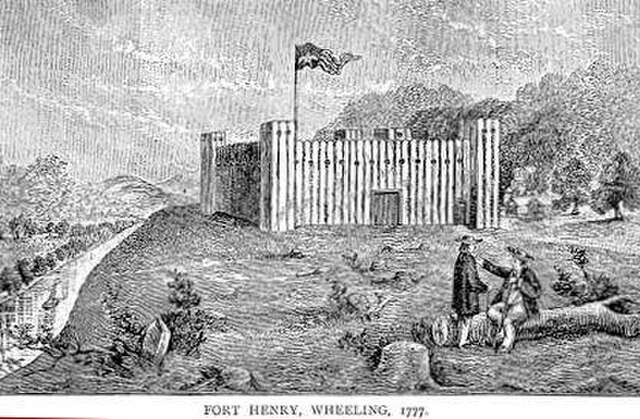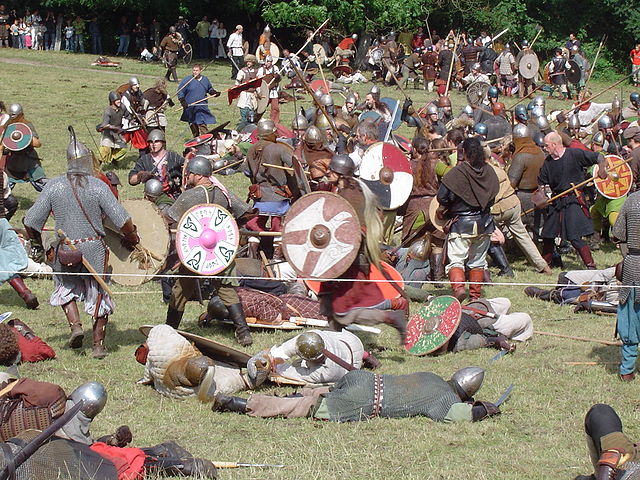Samuel Ross Mason, also spelled Meason, was a Virginia militia captain, on the American western frontier, during the American Revolutionary War. After the war, he became the leader of the Mason Gang, a criminal gang of river pirates and highwaymen on the lower Ohio River and the Mississippi River in the late 18th and early 19th centuries. He was associated with outlaws around Red Banks, Cave-in-Rock, Stack Island, and the Natchez Trace.
"Springdale", in Frederick County, Virginia, was built in 1753 and was the home of Colonel John L. Hite. A teenage Samuel Mason stole the horses of Colonel Hite and was later pursued, wounded, and captured, but because of his young age, he was not punished any further.
Fort Henry, formerly in Pennsylvania, now West Virginia, in 1777, at the time, Captain Samuel Mason was wounded and survived an ambush by Native Americans. Most of the men in Captain Samuel Mason's Company perished during the attack.
Colonel Daniel Brodhead, in a portrait, who led an expedition in 1779 in which Captain Samuel Mason while at Fort Henry joined along with 8th Pennsylvania Regiment of the Continental Army combined with militia troops from Fort Pitt to destroy the pro-British Seneca tribal villages in northeastern Pennsylvania.
Fort Pitt, Pennsylvania, where in 1779 Captain Samuel Mason joined the expedition of Colonel Daniel Brodhead against the pro-British Seneca tribe.
A river pirate is a pirate who operates along a river. The term has been used to describe many different kinds of pirate groups who carry out riverine attacks in Asia, Africa, Europe, North America, and South America. They are usually prosecuted under national, not international law.
The Yangtze River of China, a hotbed of river pirate activity from the nineteenth century until the end of the Chinese Civil War in 1949, which was combated by patrols of American and European gunboat flotillas.
The Mekong River, where modern-day Asian river piracy exists.
A Mekong River sampan boat, typically used by modern-day Asian river pirates
The Balkan Narentines, of the ninth and tenth centuries, were known for piracy on the River Neretva. The Ushkuiniks were Russian Novgorodian Volga river pirates from the tenth to the fourteenth centuries. Both medieval river pirate groups were Slavic versions of Viking river raiders.








